Chasing after Jordan and Kobe, Edwards aspires to achieve greatness.
Can the previous season be considered successful for Edwards?
He appeared in 79 games, averaging 36.3 minutes and putting up 27.6 points (ranked 4th in the league), 5.7 rebounds, 4.5 assists, 1.2 steals, and 0.6 blocks per game, with a shooting percentage of 44.7%, three-point shooting at 39.5%, and hitting 320 three-pointers, making him the league’s top three-point shooter.
Both his scoring average and three-point percentage reached career highs, and he was named to the All-NBA Second Team. For Edwards, at least in the regular season, this definitely marked a breakthrough year.
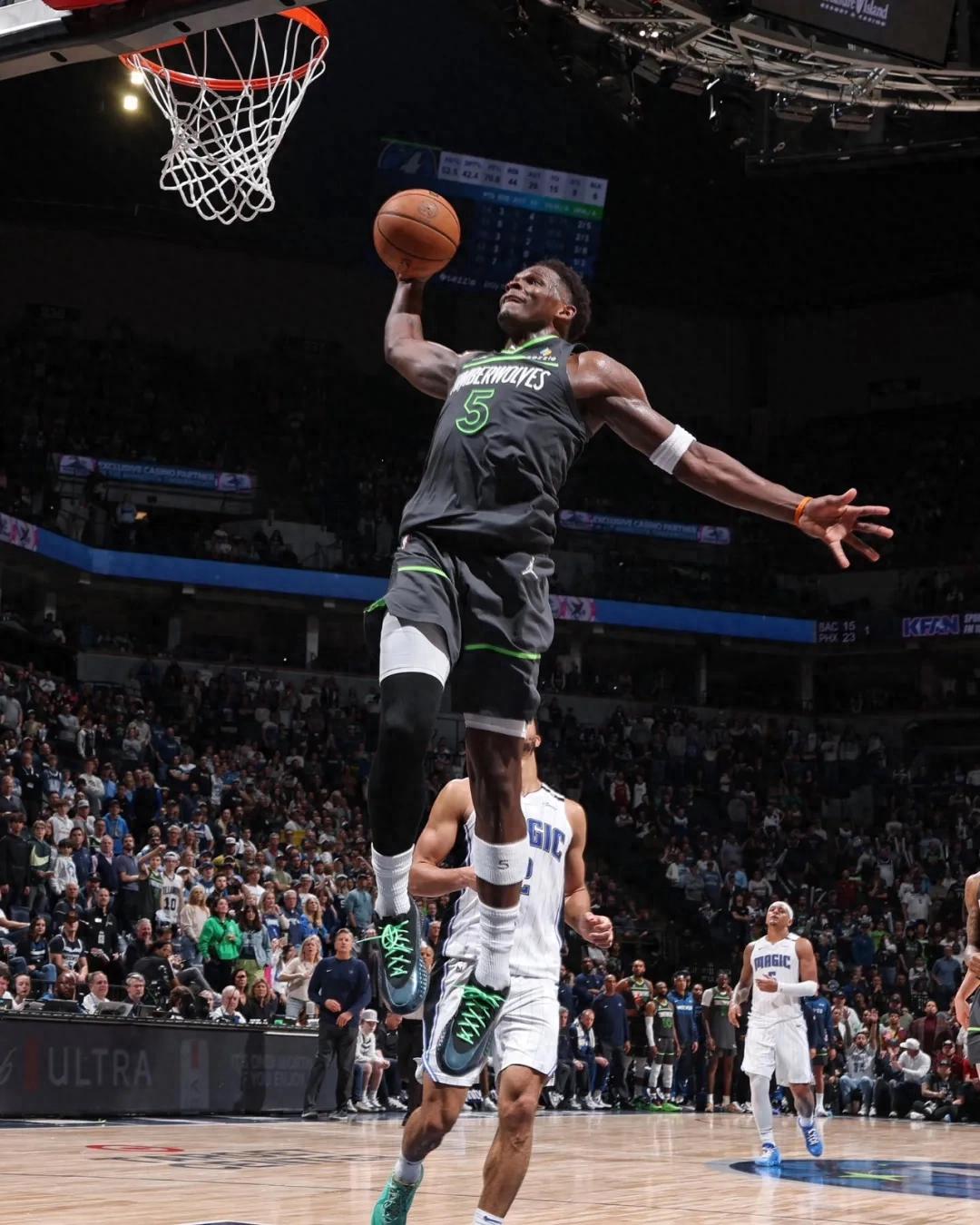
In the playoffs, Edwards helped eliminate two high-profile teams, the Lakers and Warriors, advancing once again to the Western Conference Finals. Making the West Finals two years in a row at age 24 is impressive. However, for a player like Edwards, being just good is far from enough.
In the Western Conference Finals, Edwards once again struggled against double teams. The Thunder’s defensive approach mirrored that of the Mavericks in ’24: collapsing the paint, blocking Edwards’ driving lanes, and applying strong-side double teams while leaving the weak side open for threes.
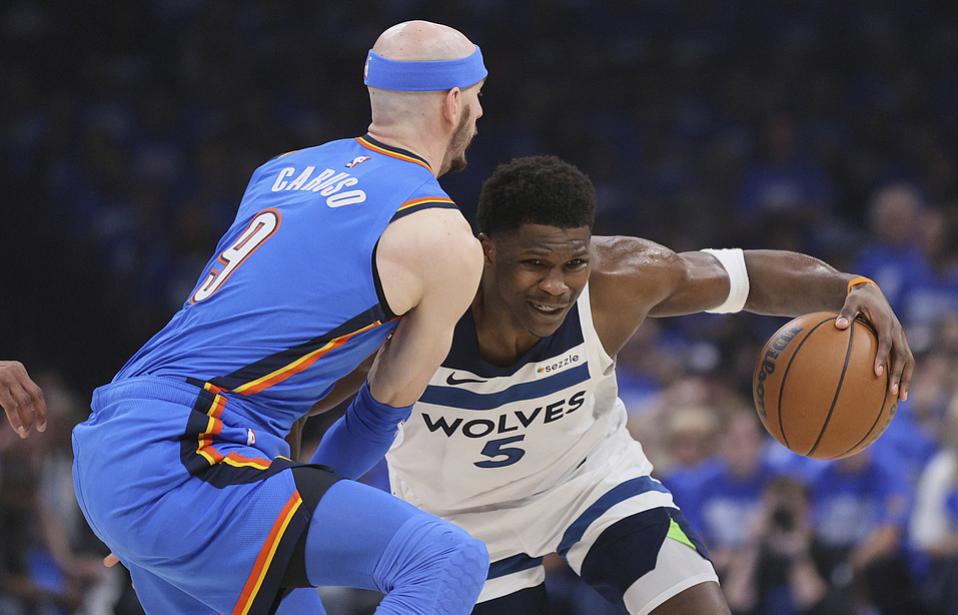
This defensive strategy significantly lowered Edwards’ offensive efficiency, with averages of 23 points, 7.4 rebounds, and 4.6 assists per game, and a three-point shooting percentage dropping to just 28.2%. Edwards was once again confused by the double teams, unable to change the situation with his individual offense.
This outcome seems to make Edwards’ offseason dedication to improving his three-point shooting in ’24 somewhat futile. Although his prolific three-point shooting boosted his efficiency and scoring ability, it did not fundamentally transform him into a better player. In the playoffs, those weaknesses that can be exploited still will be.
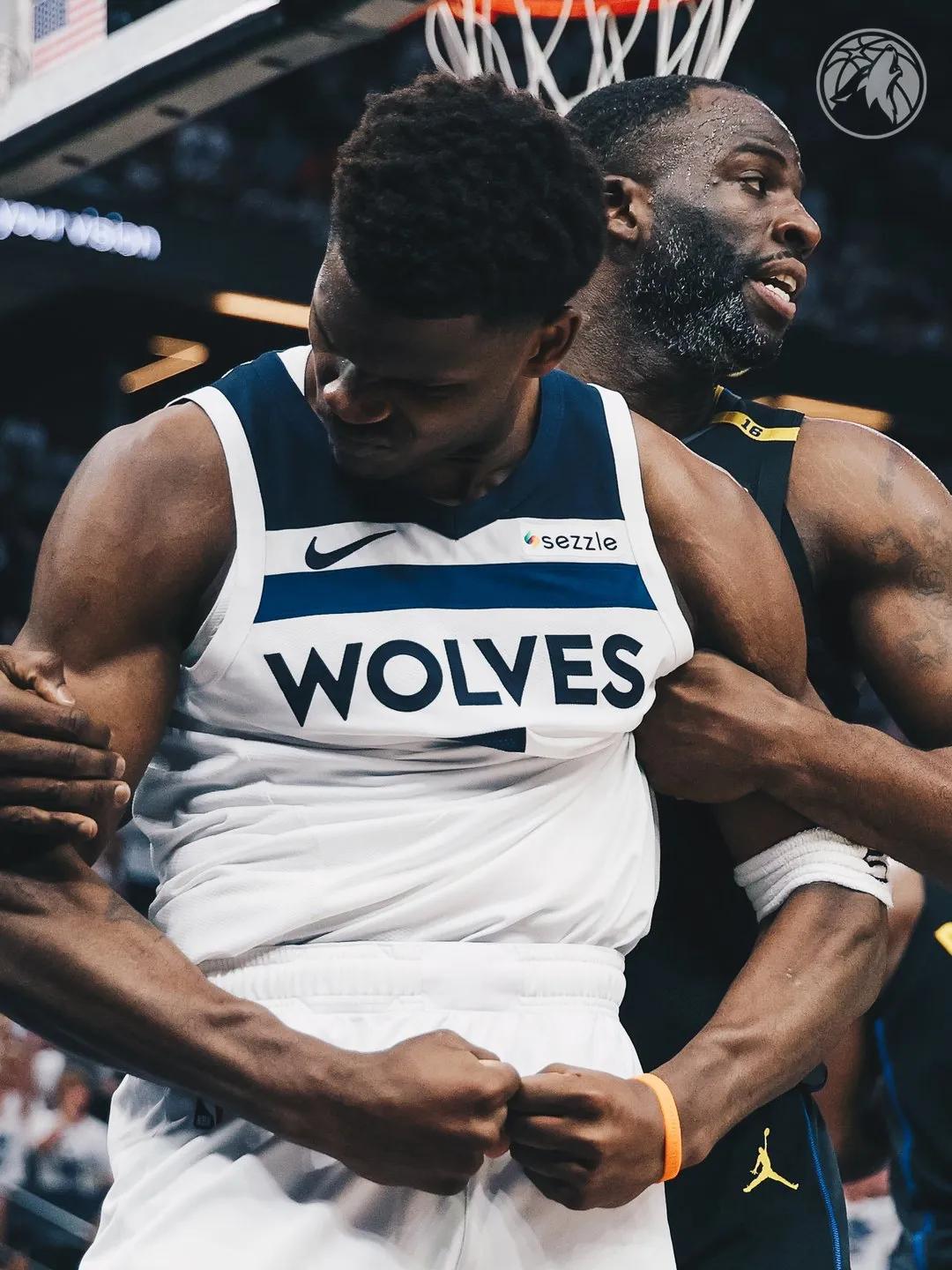
At 24, Edwards is already one of the league’s top guards, but clearly, to take the next step from good to great, he must evolve further. His chosen path for improvement is to follow in the footsteps of Jordan and Kobe.
Reports say that since June, Edwards has been training intensively at the Timberwolves’ facility, working on Jordan and Kobe’s style of mid-range back-to-the-basket fadeaway jump shots. He has studied a large amount of their footage to refine his mid-range scoring techniques.

Jordan and Kobe are regarded as the best guards in league history at back-to-the-basket moves, including low-post backs, mid-post near the free-throw line, and high-post spin fadeaways. Both legends extended their dominance late into their careers by improving these back-to-the-basket skills.
Edwards previously took mid-range shots mostly off the dribble, rarely using back-to-the-basket spin fadeaways. Jordan’s back-to-the-basket game had minimal technical moves; he sensed the defender’s next move instantly and decided whether to spin or shoot, relying on his exceptional physical gifts and core strength for smooth execution.
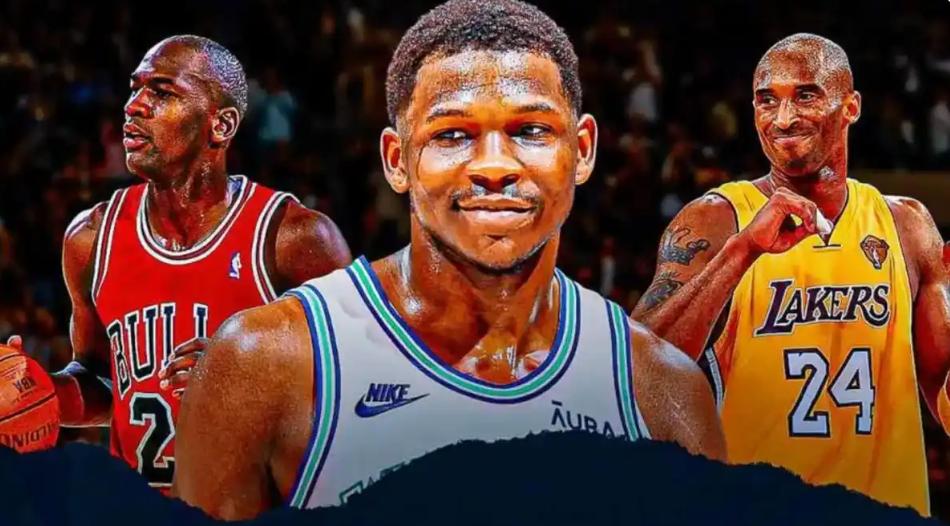
Kobe’s back-to-the-basket technique was more skill-based, using footwork and rhythm to shake off defenders. His fadeaway jumper was the core of this skillset, often scoring despite tight defense.
If Edwards masters the back-to-the-basket one-on-one move, it would be an unmitigated benefit for his career. Low-post backing down can allow him to resolve defensive pressure before double teams arrive and better facilitate his teammates’ offense, forcing opponents to pay a price for double teaming him.
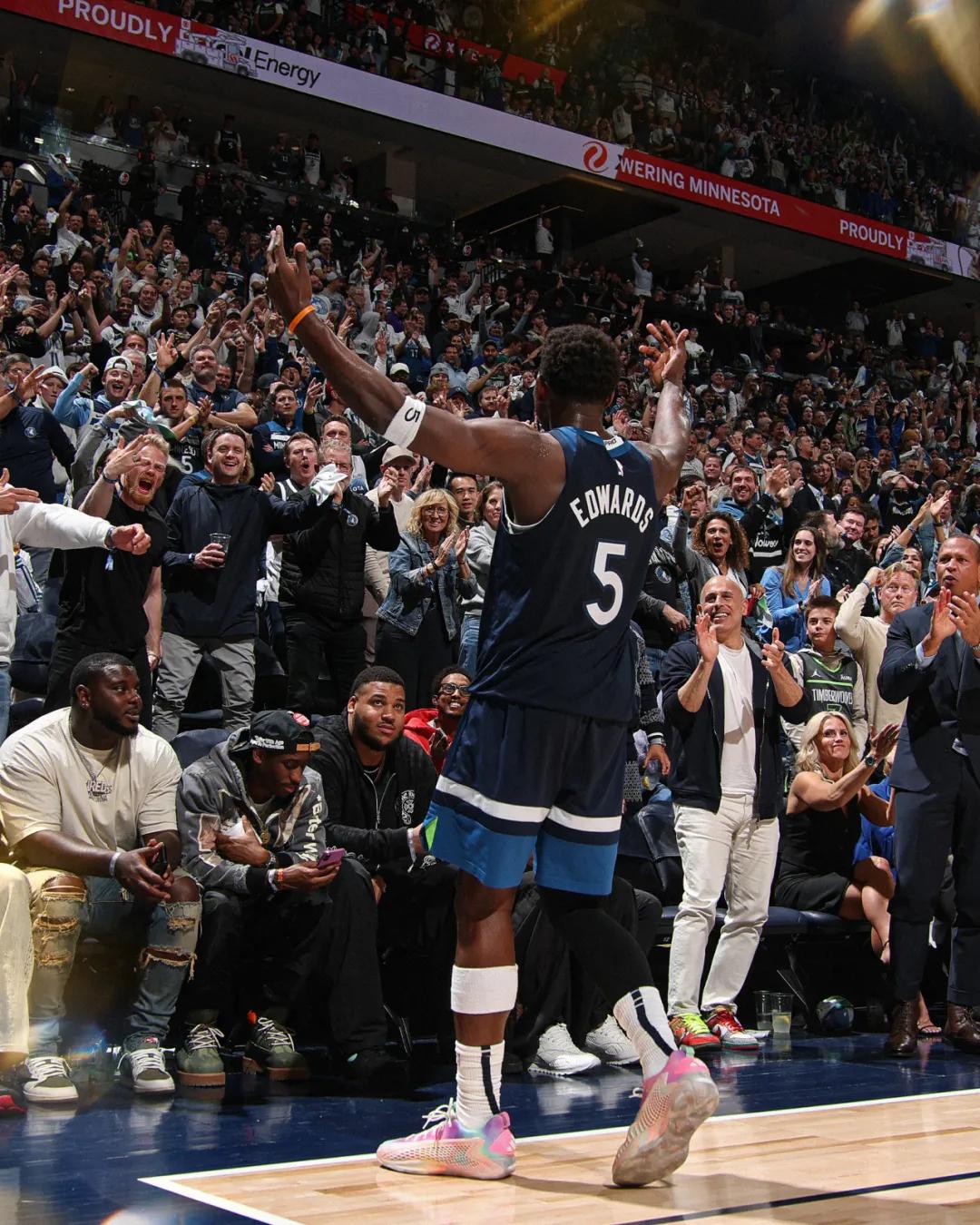
Of course, both Jordan and Kobe were passing maestros with excellent court vision. When holding the ball back-to-the-basket, Edwards will also need to learn to read the court, anticipate defenders’ movements, and sharpen his overall game awareness.
Back-to-the-basket skills also help conserve energy. When Edwards’ stamina drops late in games and he can no longer rely purely on athleticism to beat defenders, these moves will become a major weapon. His physical tools and shooting ability support him becoming a proficient back-to-the-basket player; now it depends on how much progress he makes over the summer.
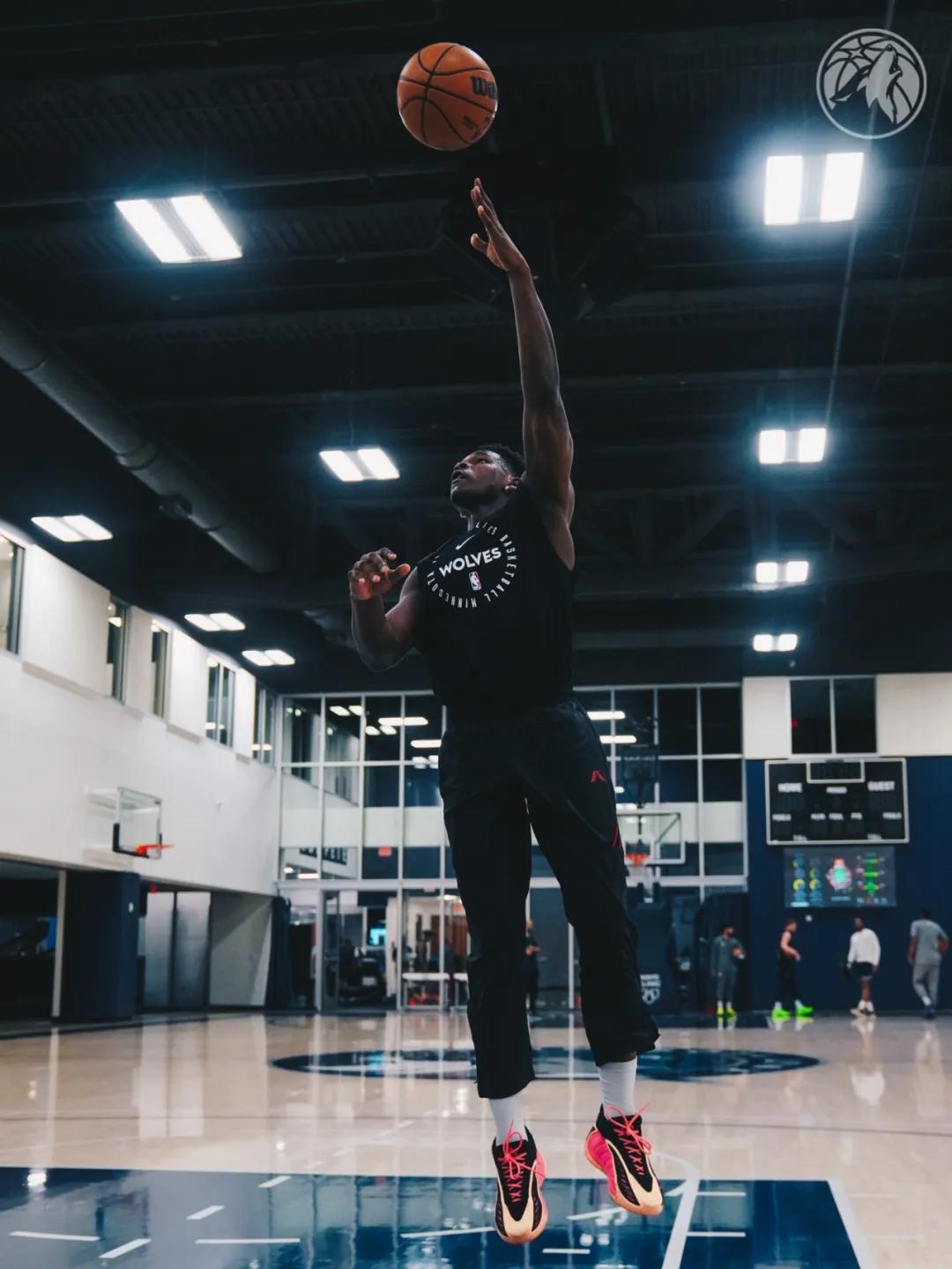
The Timberwolves made no major signings during the offseason and, due to salary cap constraints, had to let Alexander-Walker go. Fortunately, the bench still has promising talents like Durenham and young Shannon, so depth is not an immediate concern.
Currently, the Timberwolves’ potential ceiling is closely tied to Edwards’ development. If Edwards takes another step forward, the team’s ceiling rises accordingly. When forecasting the new season, no one views this back-to-back Western Conference Finals team as a strong championship contender. The more that’s the case, the more reason the Timberwolves have to prove themselves.
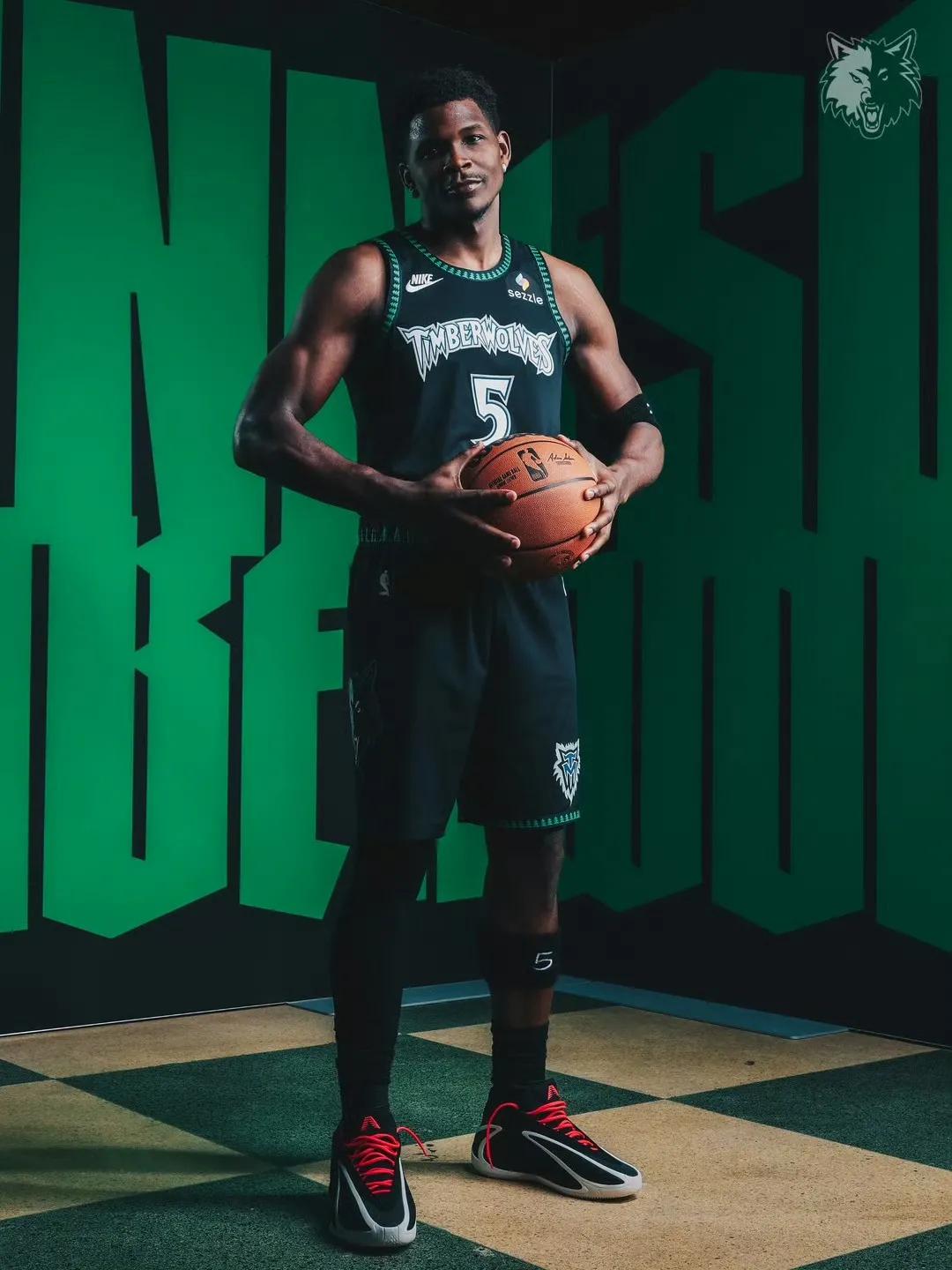
From greatness to legendary status, Edwards might be just one final step away.


Wonderfulshortvideo
Victor Wembanyama joins @Rachel DeMita to answer trivia questions about his basketball journey! 🏀


Jalen Green slices his way to the basket for his first @Phoenix Suns pts ‼️


Crowd is getting HYPE 🗣️


“I couldn’t even take my nap fully” 🤣 he was EXCITED ‼️


Check out Castle explaining how he would design his own custom NBA court! 🔥


Ryan Dunn climbs the ladder for this epic dunk 🪜


That’s strike 1 for you Jimmy 🚩😂








 Links
Links
 Contact
Contact
 App
App


